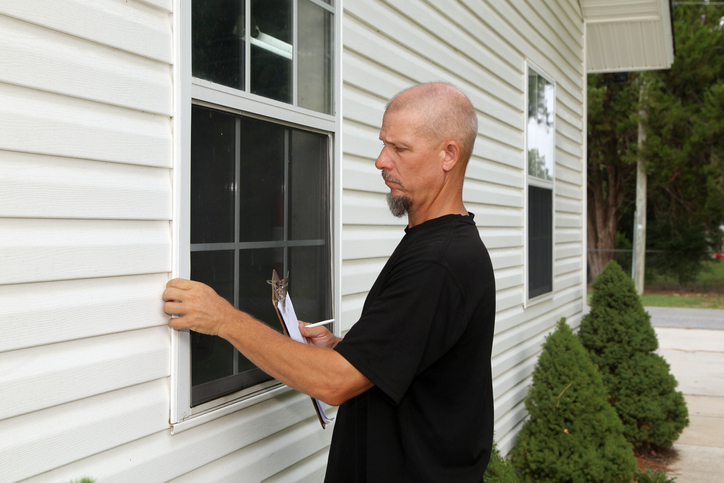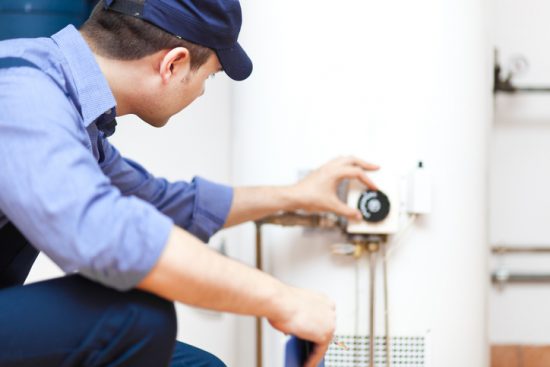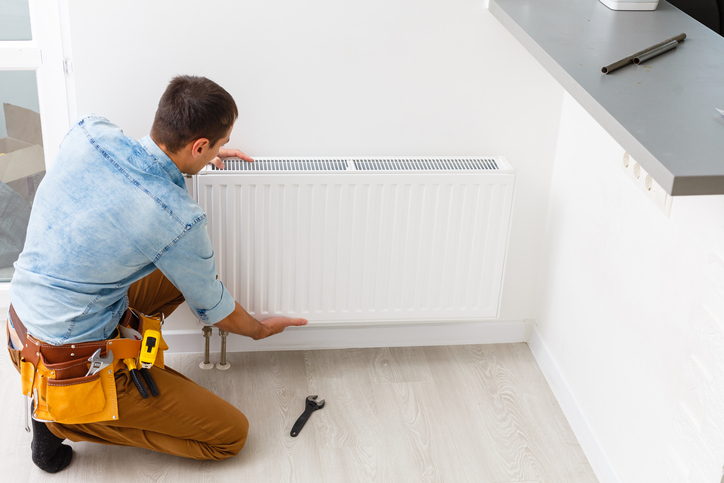Tag: Become a Home Inspector
Why Customer Service Is so Important for Professionals in a Home Inspector Career
November 30, 2021
It’s hard for a business to stall in growth when the customer service is outstanding. Providing excellent customer service is one of the best ways to both attract and retain customers. Consumers are generally busy, and want their needs met with ease so they can move on to the next project on their list. When you treat each customer with the value and respect they deserve, they are happy to pay for your services.
Home inspections often come during stressful times while moving or renovating homes–creating a snowball effect of projects and to-do lists for the customer. Remaining professionalism and reaching compromises–even with the most stressed out and difficult customers–may help you retain their business. No matter the situation, customer service that exceeds expectations is essential for a successful home inspection business. Read on to learn the benefits of a great customer service plan.
Better Understand the Local Market
When you take the time to learn about the local market, you can better serve your customers while growing your home inspector career. To develop an effective, solid plan of action with each client, you need to determine how the local real estate market is operating.
It’s best practice to spend some time to figure out what types of clients are buying and selling in your area. Gaining insight on these individuals will help you better serve your existing clients–making sure their homes attract the right buyer by ticking all of the boxes. Taking a look around the local market will also help you become familiar with common problems that are found in each neighborhood so you can properly prepare. Going this extra mile in your customer service will relinquish any unnecessary worries your clients may have–creating a smooth overall experience.

Retain Clients When You Become a Home Inspector
A huge benefit of excellent customer service is an increased client retention rate. Generally, the cost of acquiring new customers is more than the cost of nurturing existing relationships–making client retention a great priority to have. Real estate agents are often mutually beneficial clients, as they are constantly viewing homes that may need inspections and would benefit from an ongoing relationship with you when you become a home inspector.
The best way to retain these customers is by displaying great customer service. When a client knows that they are truly getting the service they are paying for, and feel valued and respected in the process, they will keep coming back.
Focus on fostering these relationships with existing clients by making sure they’re fully satisfied with every step of the project, and asking how you can better serve them. Keep an open line of communication with your client list, follow up with them throughout the process, and always make sure they feel valued with your time and commitment to them individually.

Serve People First for Success
Serve people first, and your business second. A successful business never loses sight of being human. Above all the projects and business plans, you are serving other humans who want to feel a personal connection to what they’re paying for, making sure it’s the right purchase for them.
Some businesses lose sight of this personal touch as they strive to be ever more efficient, reliable, fast, and affordable. When it comes down to it, many consumers would gladly pay more for great customer service, knowing that the business cares about their satisfaction and is taking care of their needs.
Lead your projects with your skill and knowledge, and really “wow” the client with your kindness and genuine desire to help them in their journey to a better home. When you display your mastery of home inspection and careful consideration for each client’s needs, you will be giving the highest level of customer service they could ask for.
Interested in starting home inspector training?
Contact NATS for more information!
How to Assess Home Heating Systems After You Become a Home Inspector
October 26, 2021
If you’re seeking a career as a home inspector, you’ll be helping buyers to get a good idea of the condition of the house they’re about to purchase. During your home inspection career, one important part of the home you’ll be assessing is the heating, ventilation, and air conditioning (HVAC) system. HVAC systems can be expensive to repair or replace, thus making it important for prospective homeowners to determine whether these systems are in good working order. Below, discover some tips to help you properly evaluate heating and ventilation systems within a home throughout your career as a home inspector.
After Home Inspector Training, Conduct a Visual Assessment First
Once you become a home inspector, the first thing you’ll want to do when beginning to inspect a home’s heating and ventilation system is to perform a visual assessment of the system itself. In most cases, a visual assessment can be very informative about the condition of the system itself. A visual inspection will allow you to flag any superficial problems, in addition to determining the system’s age and general performance. During your visual assessment, check the condition of the air filters–ensuring that they aren’t clogged with debris. Additionally, inspect the internal areas of the system to determine whether there’s a buildup of soot. If there’s an excessive amount of dust and soot, this can negatively impact the efficiency of the system. Lastly, inspect the blower motors and the fan belts, as these components may need to be replaced if they show significant signs of damage.

Perform Test-Starts to See How the System Operates
Once your visual inspection is complete, you can move on to test the performance of the HVAC systems. First, you can test-start the furnace to ensure that the temperature is correctly reflected on the thermostat, and that the furnace is firing properly. This test shows how the furnace is performing–helping future homeowners to know whether the right amount of heat is being delivered into the home. Next, you can check the safety switches within the system to ensure that they’re functioning correctly. Without working safety switches, homeowners are at risk of their heating system expelling pollutants into their air in their home. When these tests demonstrate that the furnace, thermostat, and safety switches are working properly, the heating system can be deemed both healthy and efficient.

Look Out for These Common Issues
As a professional with home inspector training, being familiar with common heating system issues can help you to catch a problem that might otherwise be overlooked. When it comes to heating system components, there are a few that will probably need replacing if an inspection hasn’t been conducted in a while. Air filters, belts, coils, valves, fan motors, compressors exchangers, and fuses are all examples of components which have a shorter lifespan than the system itself. When these are replaced, the longevity of the heating system will typically improve. Another set of issues to look out for are frequent cycling, a lack of heat, or too much heat coming from the furnace. These problems can indicate that the thermostat settings need to be adjusted, that the filters are clogged, or that there is insufficient airflow. During your home inspection career, look out for these issues in order to keep prospective buyers as informed as possible!
Ready to launch your home inspector career?
Get started with a program at the North American Trade Schools today!





